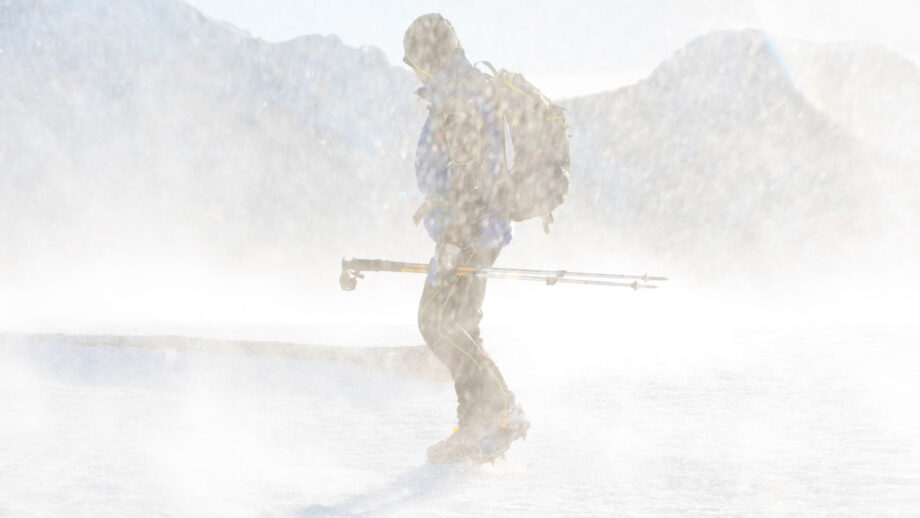Hypothermia usually conjures up images of someone struggling to find their way through a blizzard, every extremity frozen to solid ice. But did you know that hypothermia can set in even in what seems like normal temperatures? Because the consequences of hypothermia can be very severe, it is important to familiarize yourself with its causes and symptoms so that you don’t become a hapless victim to this potentially devastating condition.
What is hypothermia?
Hypothermia is a state your body begins to enter when your core temperature dips below the temperature required for normal metabolism and body functions, which is 95 degrees Fahrenheit (35C). All core temperatures below 95F are considered hypothermic, but there are varying degrees:
- Mild = 90-95F
- Moderate = 82-90F
- Severe = 68-82F
- Profound = 68F and below
Hypothermia is caused by exposure to low temperatures, whether in open air or in water. It is especially sneaky in water, where it can set in even in bathwater warm temperatures, due to the fact that the body loses heat up to 26 times faster underwater than on land. Studies have shown that alcohol can quickly complicate hypothermia, as it increases blood flow to the skin’s surface and extremities, accelerating the rate of heat loss.
What are the symptoms?
The onset of mild hypothermia is the most critical time to combat it, as most of the body’s functions have not yet been affected. Shivering is the most common symptom, which everybody recognizes as the body’s way of generating heat. A person experiencing the initial stages may express symptoms of hyperglycemia, as cell consumption of glucose will decrease as the core temperature drops. A victim may display a degree of mental confusion.
As hypothermia progresses to moderate levels, the shivering will become uncontrollable, almost like convulsions. Muscle coordination is severely impacted, and the skin will begin to pale as extremities turn blue. Severe hypothermia will result in sluggishness, amnesia, or the victim simply appearing to be in a daze. Any exposed skin will now be blue and puffy, and metabolic functions will begin to cease. In severe cases, strange psychological behaviors, such as undressing or burrowing, begin to manifest. Control over physical and psychological functions is greatly diminished or lost completely. Profound hypothermia usually precedes death, meaning it’s crucial to know how to avoid hypothermia.

How can I avoid hypothermia?
Proper insulation is key to avoiding hypothermia. Dressing in layers is a great way to manage your body temperature while you’re out in the cold. You can add or remove layers as necessary without losing a lot of body heat. Wool is a popular choice for its insulating properties when wet or dry. Many synthetic fabrics wick moisture away from skin, which can contribute to heat loss.
Always carry an emergency blanket whenever you’re going to be in the outdoors. These blankets are constructed from mylar, which reflects up to 80 percent of your body heat. You can slip them into a pocket for easy access. Keep properly hydrated, but don’t overdo it. And most importantly, listen to your body’s signals. In many cases, the symptoms of hypothermia are present for quite some time before a person will give in to the warning signals. If ever in doubt, get back inside!
Featured Image from Jeff Hopper/Unsplash




